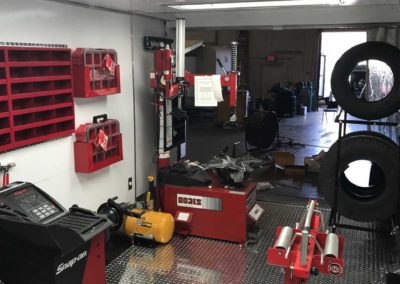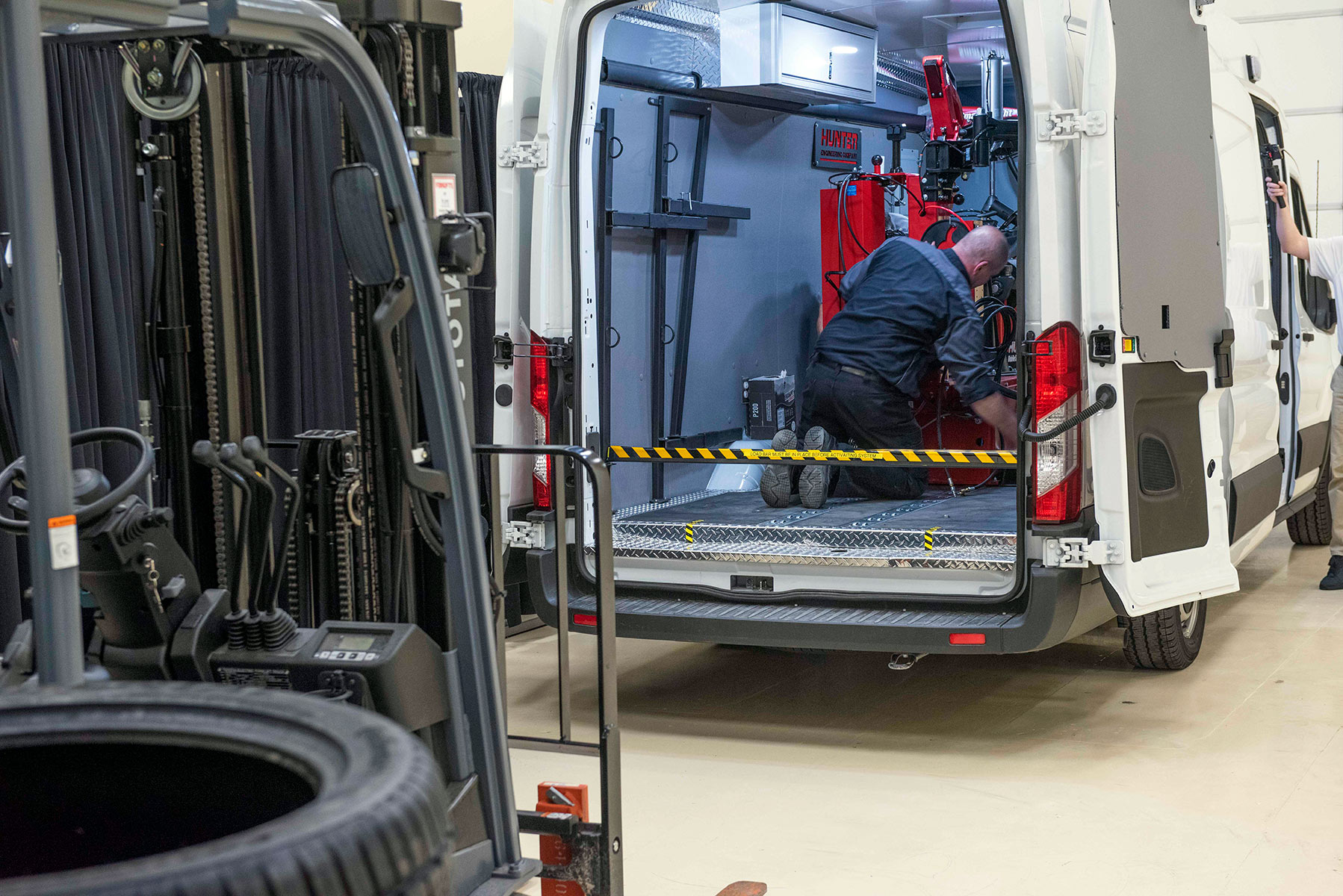Tire Solution: Proven Methods for Optimal Tire Upkeep and Treatment
From making certain proper tire pressure to normal turning and placement, there are tried and tested methods that can significantly expand the lifespan of your tires and enhance general driving experience. Let's dig into the world of tire service and discover the secrets to maintaining your tires in excellent shape for the long haul - Mobile Tire Repair Las Vegas.
Importance of Tire Stress
Proper tire pressure is a vital consider making sure optimum car performance and safety and security on the road. Maintaining the recommended tire pressure levels supplied by the manufacturer offers various advantages. Firstly, adequate tire pressure promotes far better gas effectiveness, as under-inflated tires can cause raised rolling resistance, triggering the engine to work harder and consume more gas. Second of all, appropriate tire stress makes sure even tread wear, boosting tire durability and conserving money in the lengthy run by delaying the need for early replacements. In addition, appropriately pumped up tires add to enhanced handling and stopping capabilities, crucial for risk-free driving in different roadway conditions. Over-inflated tires, on the various other hand, can lead to decreased traction and a harsher adventure. On the other hand, under-inflated tires are prone to getting too hot, which can bring about crashes and blowouts. On a regular basis inspecting and changing tire pressure, especially eventually trips, is an easy yet reliable way to boost car efficiency, extend tire life expectancy, and focus on safety when traveling.
Tire Rotation Guidelines
When thinking about tire turning standards, it is vital to recognize the value of this maintenance task in maximizing tire life-span and maintaining optimum vehicle performance. Tire rotation entails changing the setting of each tire on a vehicle to make sure also tread wear. Front tires often tend to wear a lot more promptly than back tires due to steering forces, making normal rotation important for well balanced wear patterns.

Benefits of Wheel Placement
Ensuring appropriate wheel positioning after tire turning is essential for preserving well balanced wear patterns and maximizing car efficiency. Wheel placement refers to the modification of the angles of the wheels to the maker's requirements. Among the crucial advantages of wheel placement is boosted managing and guiding feedback. When the wheels are effectively aligned, it reduces guiding effort, guaranteeing a smoother and much more controlled driving experience. Furthermore, appropriate wheel placement aids to expand the life-span of your tires. Misaligned wheels can create uneven tire wear, causing premature tire replacement and enhanced maintenance costs.

Tire Tread Depth Examine
Executing a routine assessment of tire step deepness is necessary for preserving secure driving conditions and lengthening the life expectancy of your tires. Unequal step wear can indicate issues with tire pressure, suspension, or placement, highlighting the value of routine tread deepness checks. By incorporating tire walk deepness checks into your routine upkeep schedule, you can drive with confidence understanding that your tires are in leading problem.
Seasonal Tire Evaluation
Seasonal tire inspection is a fundamental aspect of tire upkeep that ensures tires are ready to encounter the obstacles postured by various weather problems. In preparation for winter season, it is vital to check the tire stress consistently as cold temperature levels can create tire pressure to drop. By conducting routine seasonal tire evaluations, drivers can lengthen tire life expectancy, enhance fuel effectiveness, he said and most importantly, ensure a safe and secure driving experience in varying weather problems.
Verdict
Finally, maintaining correct tire pressure, revolving tires regularly, straightening wheels correctly, monitoring step depth, and conducting seasonal evaluations are crucial methods for optimal tire care. By adhering to these confirmed approaches, chauffeurs can guarantee their tires last longer, do better, and add to general lorry safety. It is necessary to prioritize tire maintenance to stop crashes, improve fuel effectiveness, and lengthen the lifespan of tires.
Adequate tire pressure advertises far better gas efficiency, as under-inflated tires can lead to increased rolling resistance, creating Homepage the engine to work more difficult and take in even more gas.When thinking about tire rotation guidelines, it is vital to comprehend the relevance of this upkeep task in making the most of tire life expectancy and preserving ideal automobile efficiency. Seasonal tire evaluation is a fundamental aspect of tire maintenance that ensures tires are ready to face the challenges postured by various climate problems. By carrying out routine seasonal tire assessments, drivers can prolong tire lifespan, boost gas effectiveness, and most significantly, make certain a safe and secure driving experience in differing weather condition conditions.
In conclusion, maintaining correct tire stress, revolving tires on a regular basis, lining up wheels find properly, keeping track of walk deepness, and carrying out seasonal inspections are essential techniques for ideal tire care.